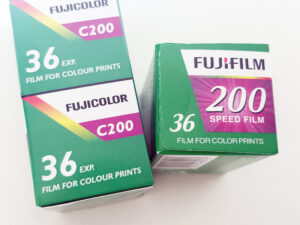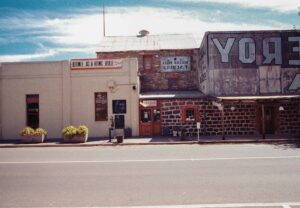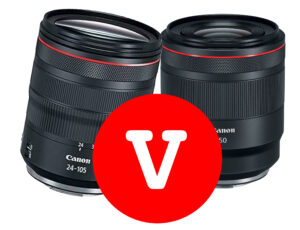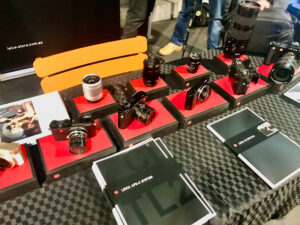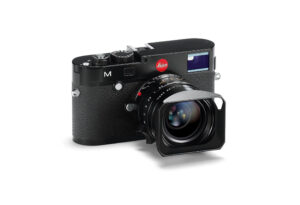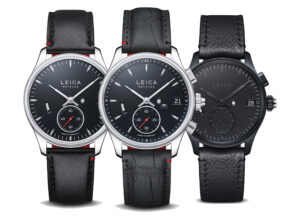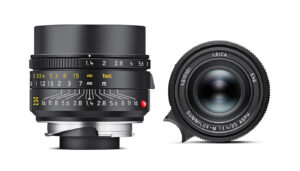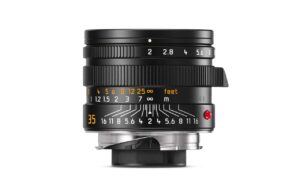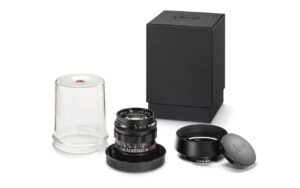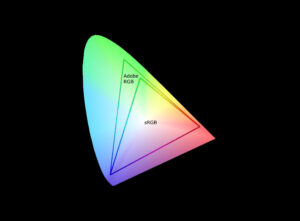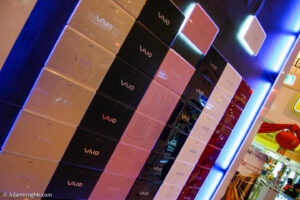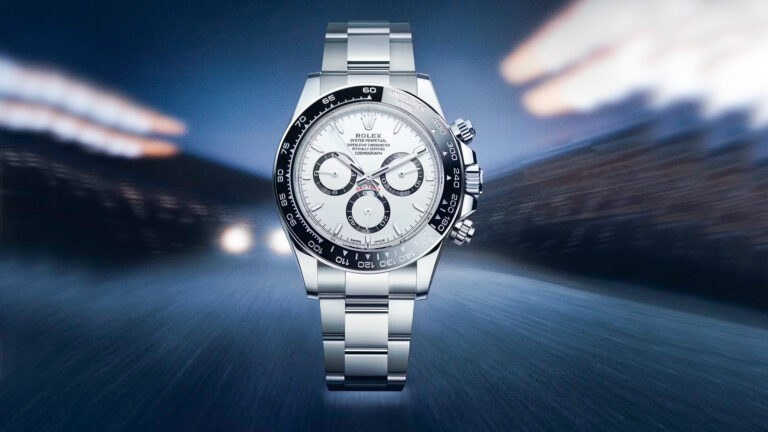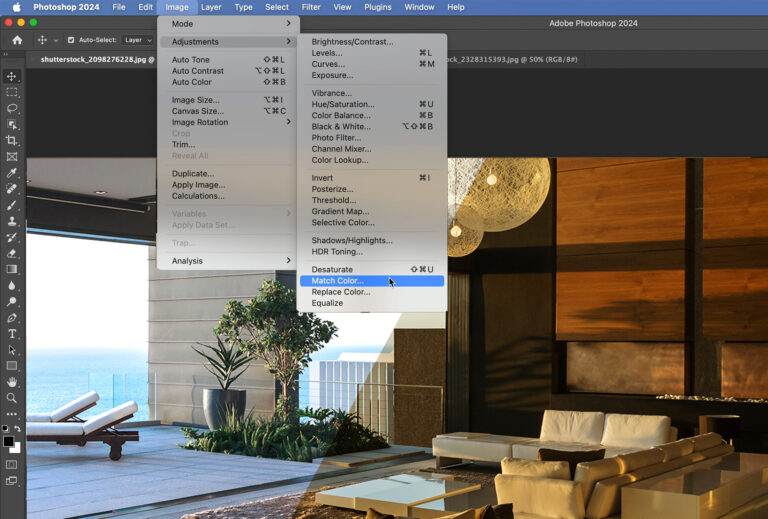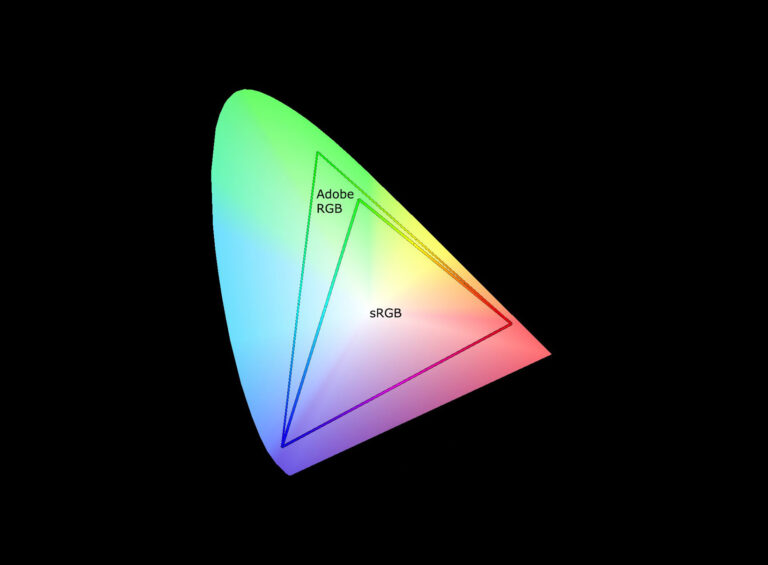
AdamInsights
If you’re on the lookout for a real game-changer in the world of business coaching and professional growth, let me tell you about something awesome: Communication Mastery 2.0 by Bram Lagrou. This isn’t just any training program; it’s a transformative experience that will take your communication skills, marketing savvy, and...
For decades, Rolex has epitomized luxury, precision, and status in the world of timepieces. Will you be ale to buy a steel Rolex Daytona or Submarinar from a Rolex AD? Sorry, but probably not. Acquiring a Rolex from Authorized Dealers (ADs) has become an increasingly Sisyphean task, particularly for coveted...
So, I recently had this incredible experience with Red Bean Productions in Brisbane, and I just have to spill the beans (pun intended). They are definitely bold, and definitely different. Me and my colleagues had a positive experience with them on a recent corporate video. It was mainly my colleagues...
For designers looking to streamline their workflow and ensure uniformity across their imagery, mastering the “Photoshop Match Color” tool is indispensable. This feature is adept at equalizing the color and tone between photographs, transforming it into a seamless process courtesy of sophisticated AI technology. It’s particularly useful for adjusting photos...
Chances are, it is a resounding ‘No,’ you do not need to shoot Adobe RGB on your camera, and for most users it will actually badly affect the colour, output for screen and print, and compatibility of the images you are taking. You only need to use the Adobe RGB...
Adobe Lightroom is a powerful tool for photographers, offering a plethora of editing features that can transform a simple RAW file into a masterpiece. However, many users barely scratch the surface of what this software can do, often settling for basic adjustments or, at times, relying solely on presets. In...
In the digital photography realm, the debate between JPEG and TIFF formats is ongoing, especially for individuals uncertain about the best way to store their images. Understanding the nuances between JPEG and TIFF files is crucial for photographers, graphic designers, and anyone involved in digital image processing. This article dives...
Throughout my experiences with photography, I’ve encountered various situations where I needed to recover lost or accidentally deleted photographs. This has happened a few times, and while initially, it feels like a disaster, I’ve learned that it’s often a recoverable mistake. In one such incident, a close friend had accidentally...
Categories
- Adelaide (7)
- Camera Film Reviews (13)
- Camera Reviews (3)
- Cinema (2)
- Cinestill (2)
- Creative Insights (2)
- Drones (1)
- Film Photography (21)
- Fujifilm (4)
- Harman Ilford (3)
- How To's (14)
- Kodak (6)
- Leica (51)
- Leica M11 (6)
- Lenses (18)
- Lomography (1)
- Marketing (13)
- Me (1)
- Photography Insights (29)
- Rolex (7)
- Smart Home (1)
- Society (11)
- Street Photography (5)
- Technology (20)
- Travel (10)
- Video Cameras (2)
- Video Editing (3)












